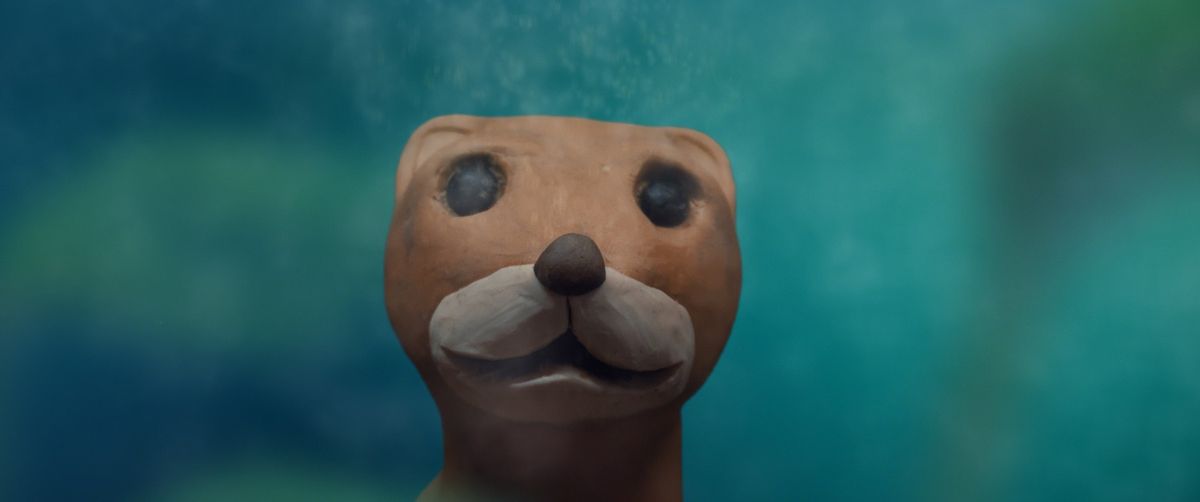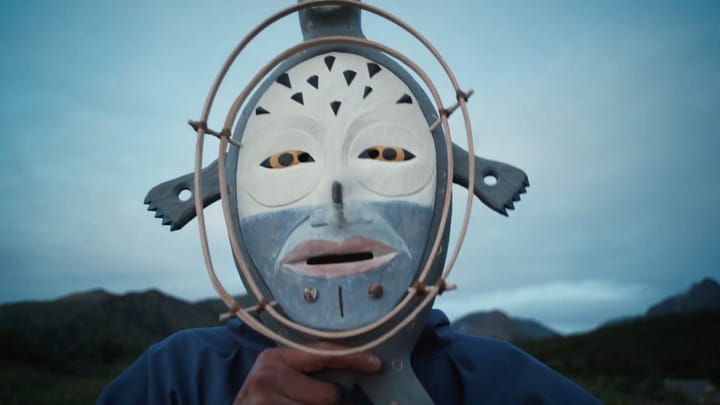A young mink’s failure to find love teaches him to be true to himself in Məca (Mink). Co-director Ritchie Hemphill discusses how the stop-motion animated short is helping preserve indigenous storytelling for future generations.
Məca (Mink) is a retelling of the legend of the mink, as narrated by the late Gwa’sala-’Nakwaxda’xw Nations elder Ida Smith. The Bak̓wa̱mk̓ala-language short uses stop-motion claymation to bring to life the story of a wandering mink who pretends to be something other than he is in order to impress a series prospective love interests.
Along the way, the mink learns what it means to have humility and patience, and how to be better at self-acceptance. According to co-director Ritchie Hemphill, the film also shows what it is like to be young, excited and inexperienced.
“In the film, we learn with Məca what it means to push at life until you find its boundaries, as well as how to respect others and act appropriately,” Hemphill says. “These lessons go hand-in-hand with Məca finding who he really is and how he can come from a place of authenticity instead of pleasing others to get what he wants.”
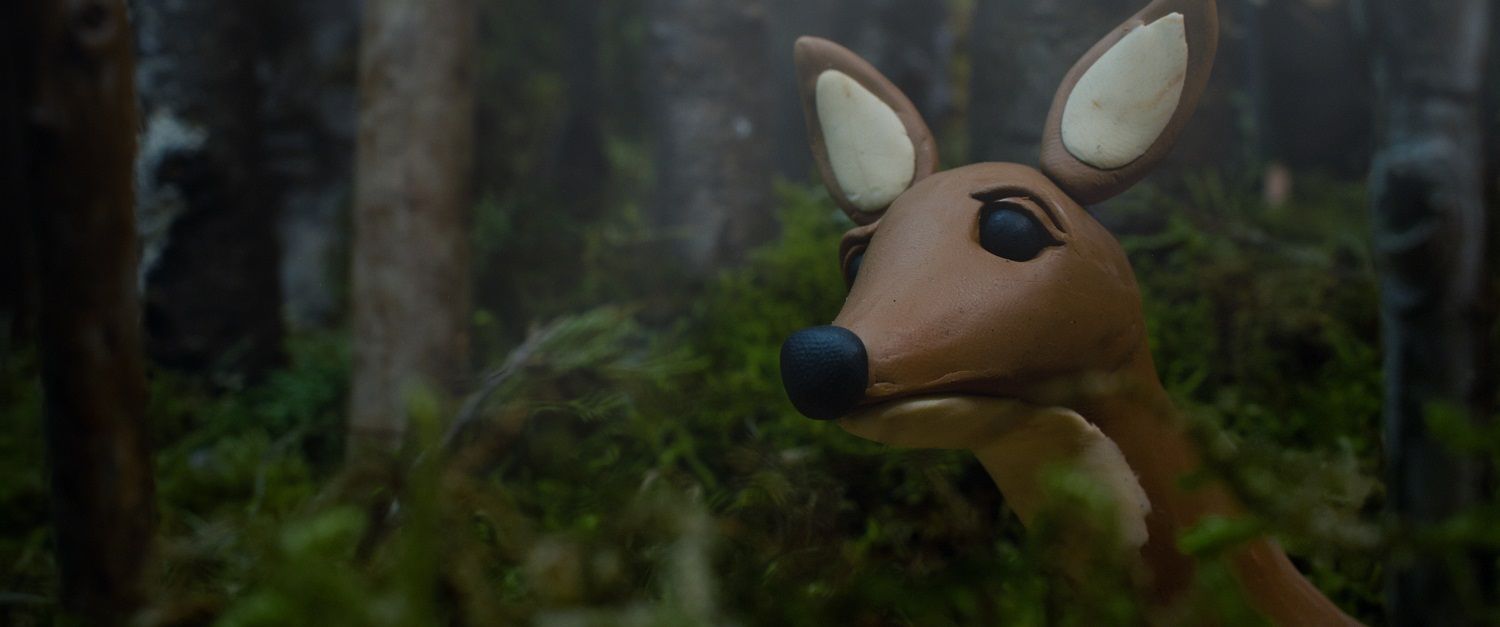
Hemphill produced Məca with his creative partner Ryan Haché, with whom he also founded Bronfree Films animation studio as a way to preserve indigenous storytelling, language and traditions.
“I have some young nieces and nephews and I thought it would be amazing if they could hear their great grandmother Ida, whom they’ll never meet, tell them a legend in an accessible way,” Hemphill says. “Getting to use a recording of Ida speaking Bak̓wa̱mk̓ala and having her translate her words into English was also an important aspect of this project.”
“I feel proud to have done a project that will help preserve my culture. I also feel proud to have done something that I think would make anyone who knew Ida happy.”
The pair were able to complete the film in just five months (a pace Hemphill describes as “blisteringly fast”) with the help of a $20,000 (CAD) grant from the First Peoples Cultural Council.
“I feel proud to have done a project that will help preserve my culture. I also feel proud to have done something that I think would make anyone who knew Ida happy,” Hemphill says. “Having the traditional language be the spoken word in the film is also really important to me.”
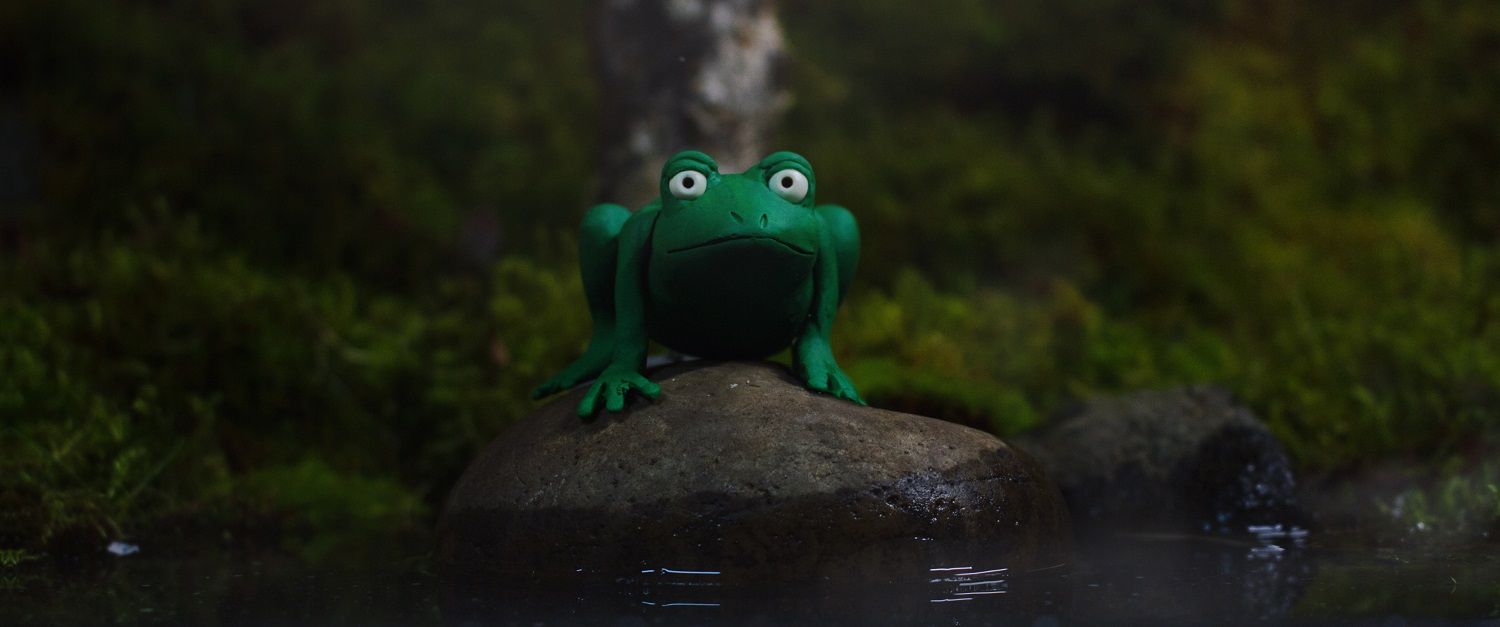
In addition to using film to pass down stories to younger generations, Hemphill says he and Haché were motivated by a desire to push claymation as a creative artform and combine modern technology with traditional animation.
“We’d done two previous short stop-motion animation films that were done in a new style that included, at the root of the process, working with computer processing,” Hemphill says. “We felt we had just gotten our footing with the form and wanted to do something more polished in that regard.”
“It’s really exciting to see something you quickly drew from your imagination become a cinematic and polished shot.”
Hemphill adds that the film wouldn’t have been possible without the feedback and support they received from those around them, who helped refine their vision from storyboards to final work.
“It’s really exciting to see something you quickly drew from your imagination become a cinematic and polished shot,” he says. “We changed the final cut a little bit after showing some friends. It’s really good to iterate and receive feedback from those you trust.”
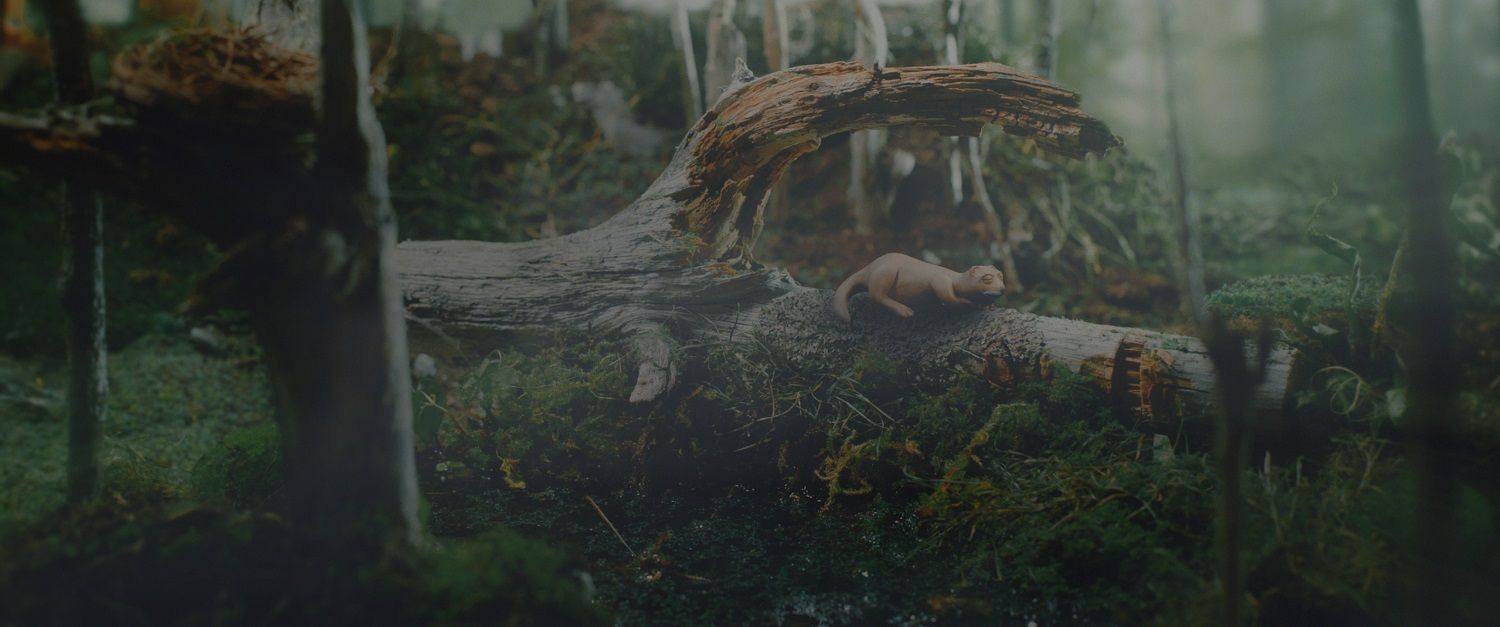
The film has already screened at events around North America and as far away as Finland and New Zealand, picking up numerous awards and nominations in the process.
“We’ve had wonderful success at getting the film into festivals. It seems places all around the world are interested in a film like this,” Hemphill says. “Məca is a product of dreaming up a project that makes you excited, and giving it a shot to get support to make it. I hope people can feel inspired to want to create things they care about.”
Find out more about Məca and other Bronfree Films projects at the studio’s website here.
